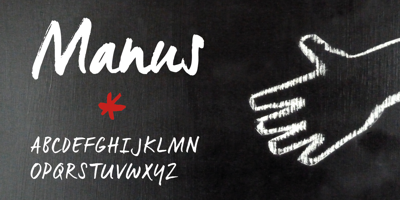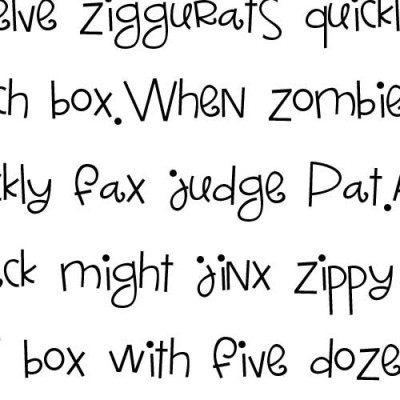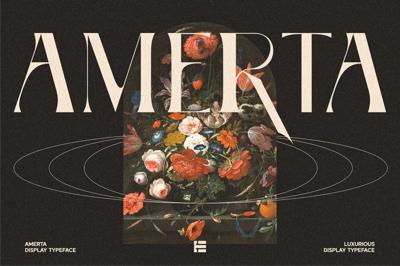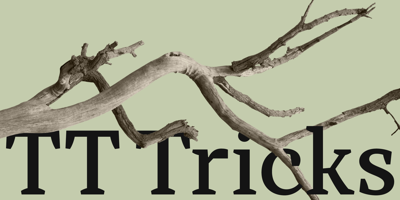The Anatomy of Type: Learn to Read Letters Like a Designer
The Anatomy of Type: Learn to Read Letters Like a Designer
Typography isn’t just about choosing fonts—it’s about understanding them. Every letterform you read has structure, rhythm, and style, all working together to deliver clarity and emotion. To truly master type, you need to look beyond words and into the anatomy of letters.
In this post, we’ll break down the essential parts of a letter, explain why they matter, and help you read fonts with a designer’s eye.
Why Letter Anatomy Matters
Understanding the anatomy of type helps you:
-
Make better font pairing decisions
-
Spot differences between similar fonts
-
Improve readability and layout in your designs
-
Appreciate the craftsmanship behind each typeface
Typography is like architecture—every piece has purpose, balance, and intent.
Core Parts of Letter Anatomy
Let’s dissect the building blocks of type.
1. Baseline
The invisible line that letters sit on. Most characters “rest” here, but some parts (descenders) dip below it.
2. Cap Height
The height of capital letters from the baseline to the top. It helps determine vertical alignment.
3. X-Height
The height of lowercase letters (like “x”, “a”, “e”) excluding ascenders and descenders.
A larger x-height usually means better readability at smaller sizes.
4. Ascender & Descender
-
Ascender: Part of a lowercase letter that rises above the x-height (like “h” or “b”)
-
Descender: Part that falls below the baseline (like “g” or “p”)
5. Stem
The main vertical stroke in a letter. Think of it as the spine of the character (as in “L” or “T”).
6. Bowl
The rounded, enclosed part of letters like “o”, “b”, “d”.
7. Counter
The space inside a bowl or enclosed area. For example, the hole inside “e” or “a”.
8. Terminal
The end of a stroke that doesn’t have a serif. It can be straight, curved, or angled.
9. Serif
The small decorative strokes at the ends of a letter. Found in serif fonts (like Garamond), they give a classical, bookish tone.
10. Spine
The curved central part of the letter “S”.
11. Ear, Tail, and Shoulder
-
Ear: A small flourish, like the top right of a lowercase “g”
-
Tail: The decorative end, like the swoop on a “Q”
-
Shoulder: The curved part of “n”, “m”, or “h”
Example: Compare “a” in Helvetica vs Garamond
-
Helvetica’s “a” has a large counter and no serif—clean and modern.
-
Garamond’s “a” has a teardrop terminal and a more flowing bowl—classic and elegant.
Knowing these nuances helps when choosing the right tone and readability level for your project.
How to Use Type Anatomy in Design Decisions
-
Logo Design: Look at how terminals and stems feel—elegant or bold?
-
Font Pairing: Mix fonts with different structures (e.g., serif + sans-serif with different x-heights)
-
Readability: Avoid fonts with small counters or extreme descenders in small sizes.
Learn by Looking
Want to get good at identifying these elements? Try these:
-
Study typefaces side by side
-
Use tools like WhatFont, Fontjoy, or Typewolf
-
Sketch letters by hand to feel their structure
-
Zoom in! Look at individual letters in Figma or Illustrator
Final Thoughts
The beauty of typography lies in its details. When you start seeing letters as shapes and systems, you’ll never “just read” again. You’ll analyze, compare, and appreciate the subtle genius in every “g”, “y”, or “Q”.
So go ahead—read like a designer. Learn the curves, the edges, the soul of a typeface. Because once you know how to see letters, you’ll start to feel them too.
Typography isn’t just legibility—it’s language with style.




